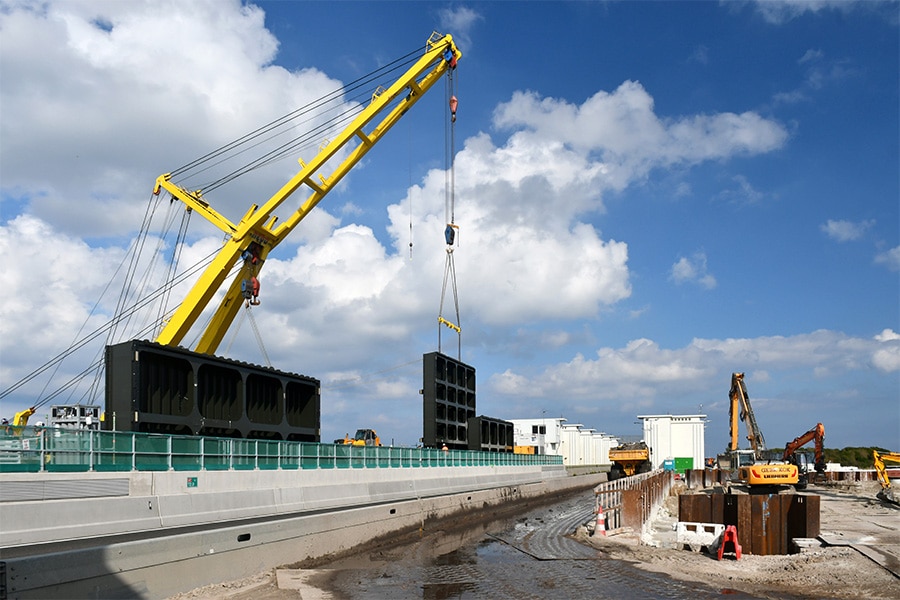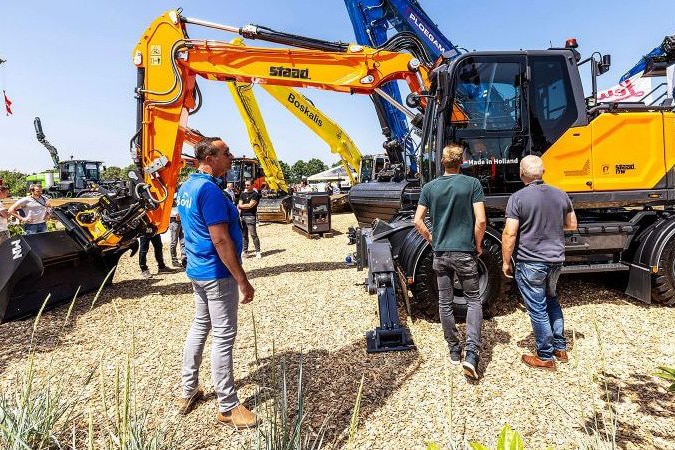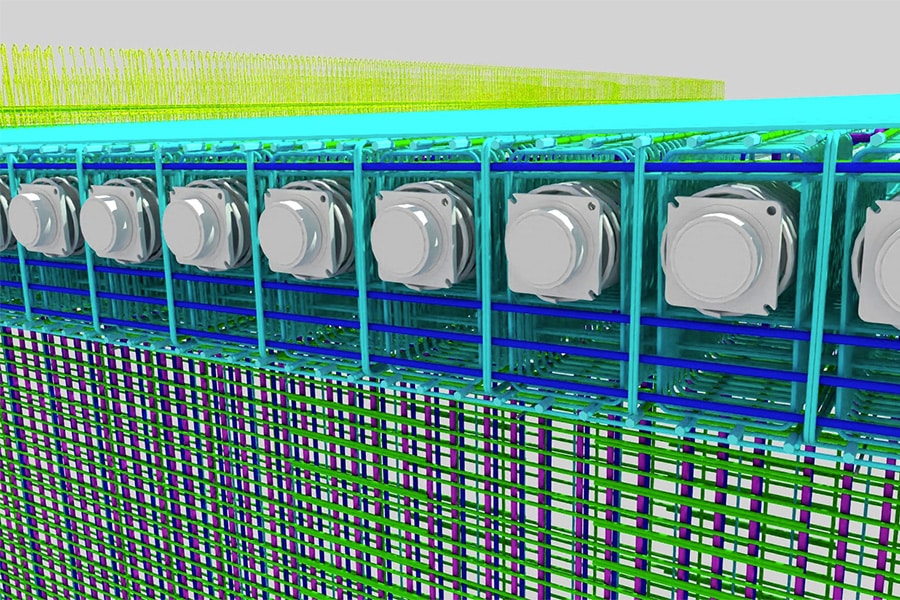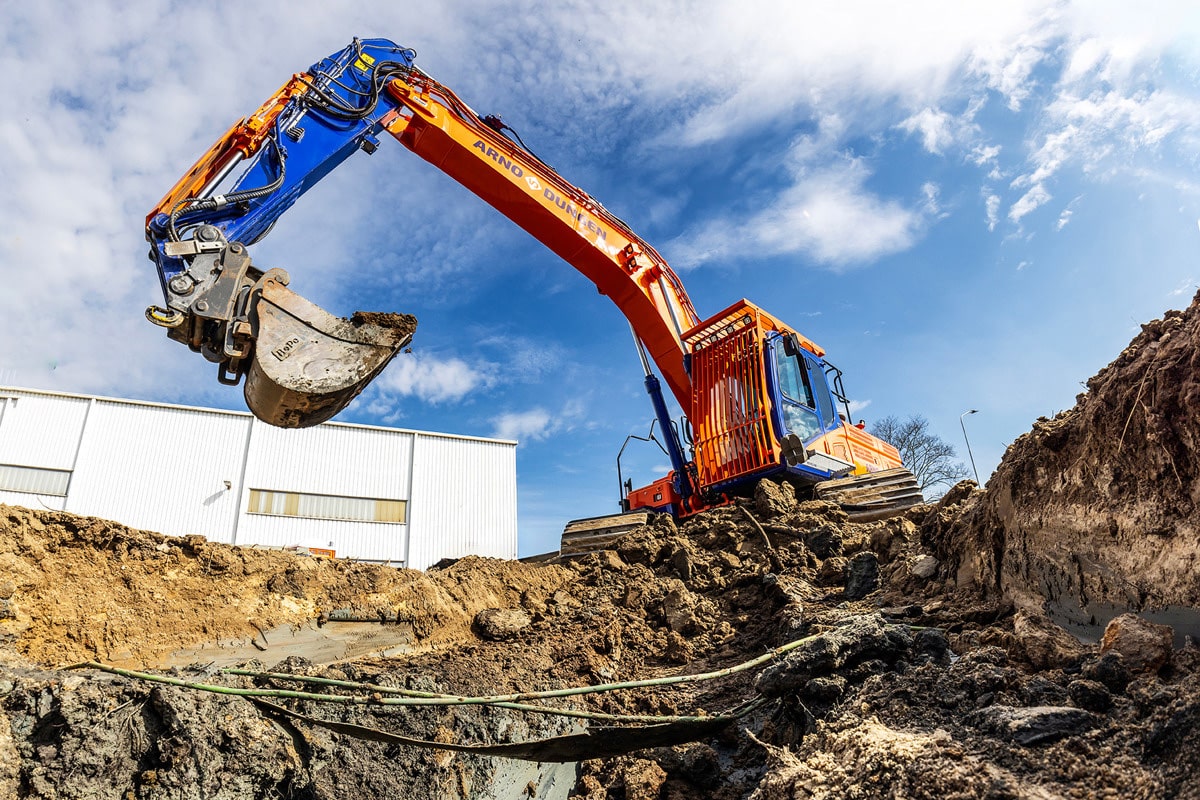
'Infrastructure is a world full of challenges and innovation opportunities'
In the Netherlands, pipelines are neatly concealed. This has created an extensive network of cables and pipes under the ground to transport electricity, gas, water and raw materials. Each substance flows through the pipe most suitable for it.
GW Leidingtechniek BV of Helmond has been active in underground and above-ground infrastructure for six years and within this sector specializes in the transportation of water. For sewage, drinking water, cooling and heating water, it lays pipes that meet current requirements. "With about thirty skilled employees, we are strong enough to handle large jobs and flexible enough for the smaller ones," says Harm van Ganzenwinkel, director of GW Leidingtechniek.
Underground infra
A special feat of underground infrastructure is currently being delivered by GW Leidingtechniek for the Brabant Delta Water Board in Rilland, Zeeland. Here it is renovating and doubling the existing wastewater pressure pipeline. "Within project AWP 2.0 we are laying a pipe Ø 1500 mm over a stretch of 4.5 km," says Van Ganzenwinkel. "The project has been tendered as a Design & Construct contract. So the entire process, from preliminary and final design to execution design and environmental management, falls under our responsibility. There is a lot involved in that. To go through the permit process, we have to talk to municipalities, provinces and property owners. And then the real work still has to begin."

Slide valves
Part of Project AWP 2.0 is replacing butterfly valves with gate valves. With butterfly valves, waste sticks to the central shaft, causing the valve to stop closing properly at some point. The gate valve slides from top to bottom and does not have this problem. "This involves ten Ø 1500 mm valves and one special: an 1800 mm valve," Van Ganzenwinkel reports with some pride. "This is the largest in the Netherlands, specially developed for this project. The valve is mounted in an existing well with limited working space."
Combination Works
In practice, underground and above-ground infrastructure work go hand in hand. After all, after the pipelines have been laid, the aboveground infrastructure must be restored or renewed. In that case, we speak of a "combination job. "In Maarssen, for example, we laid a Ø 500 mm HDPE pipeline for Waternet to transport wastewater. The work ran over a stretch of 7.5 km, right through a residential area and an industrial area. Here the above-ground infrastructure ran up enormously. We performed street work, repaired asphalt, moved light poles, replaced sidewalks and arranged traffic measures. This project also required eight HDD borings, including one with a length of 1,100 meters, under a railroad and Department of Public Works waterways. That's when environmental management plays a big role."
To the next level
Especially for complex situations, Van Ganzenwinkel welcomes the development that more and more assignments are being arranged with Bouwteam contracts. "The client then chooses a contractor from among those selected for the project. Then that contractor, together with the client and his regular chain partners, looks for the best and most economical solution for the project."

Growth opportunities for employees
For Van Ganzenwinkel, infrastructure remains a world of challenges. The search for the most economical solutions makes it resourceful. Sometimes it also requires innovative solutions, which are then developed within GW Leidingtechniek BV. "That provides growth opportunities for our employees," Van Ganzenwinkel says, "and we welcome that. After all, our people make who we are. We want them to be able to work with their talents. Organizational talent, spatial insight, math skills. Everything comes along. We also like to support them with training, courses and certifications."
Innovative liner method for pressure lines
One resulting innovation is the liner method for renovating pressure lines. "The existing liner method is for free-fall pipes where the 'sleeving' is applied to the inside of a pipe and the existing pipe continues to determine the strength," Van Ganzenwinkel explains. "Our innovative blueline method basically uses the same method, only in this technique the sleeving, which is cured by the addition of steam or water, takes over the strength of the existing pipe making it a full pipe again. The renovated pipe can withstand the pressure and with its new tube, it can last for years again."
"The blueline method is suitable up to pressure class PN6 and diameters of 100 - 1100 mm. The blueline method is now being used in several pilot projects and the prospects are excellent. Then I am proud of our men who go into their work with such a beautiful, creative attitude."



